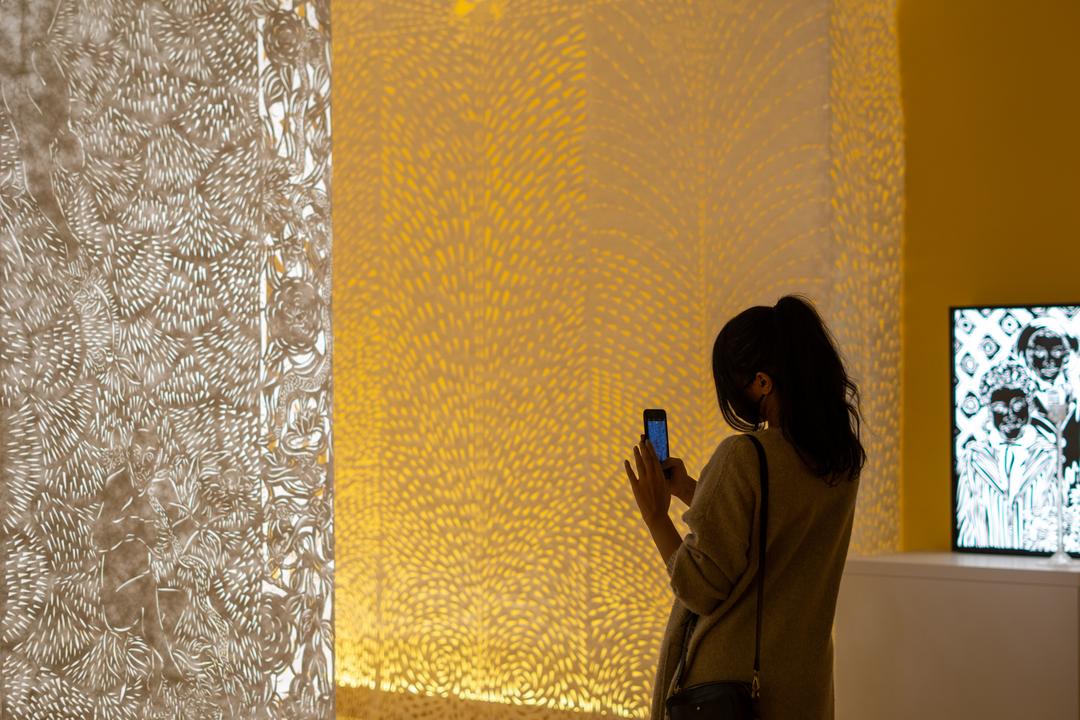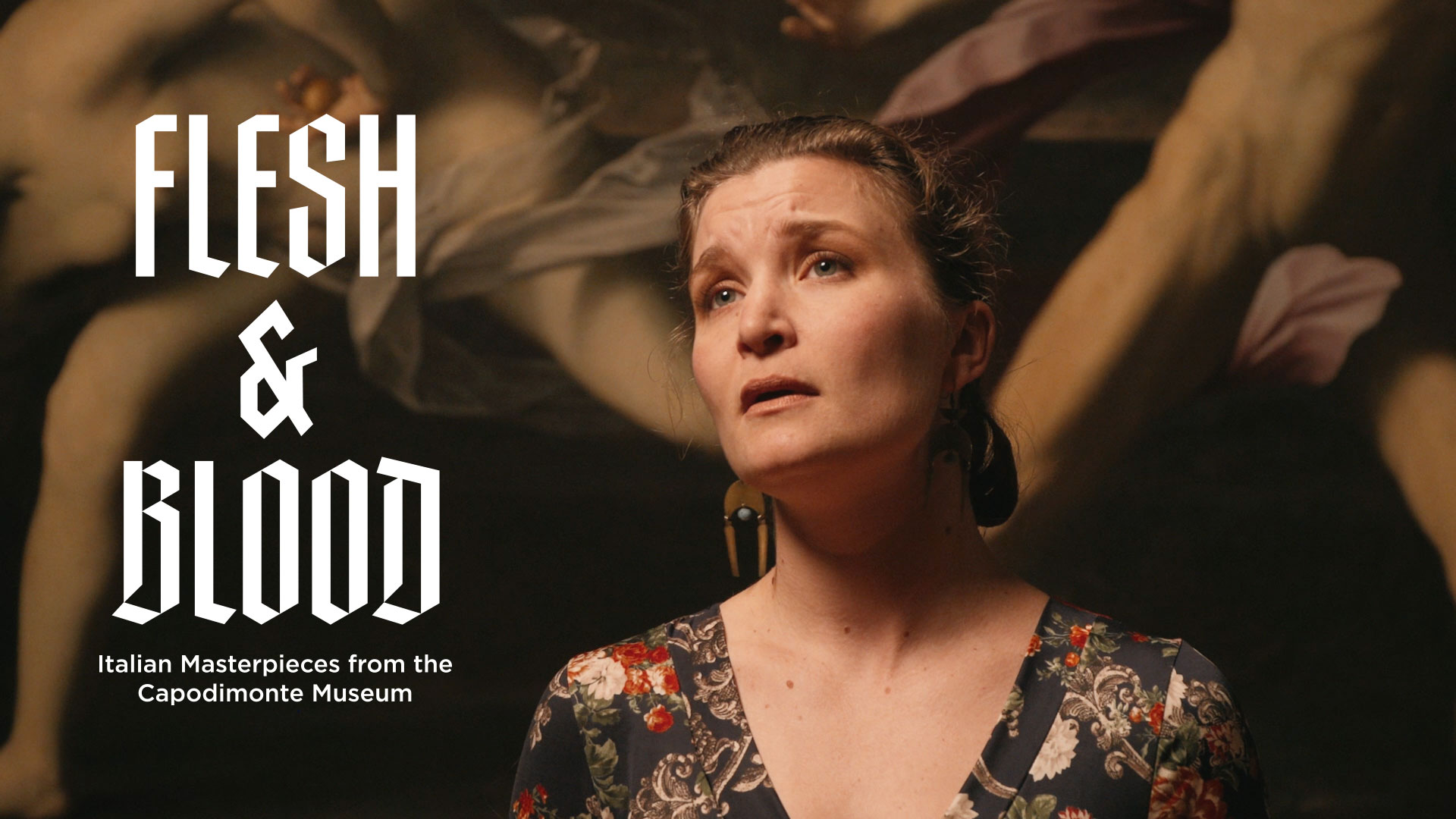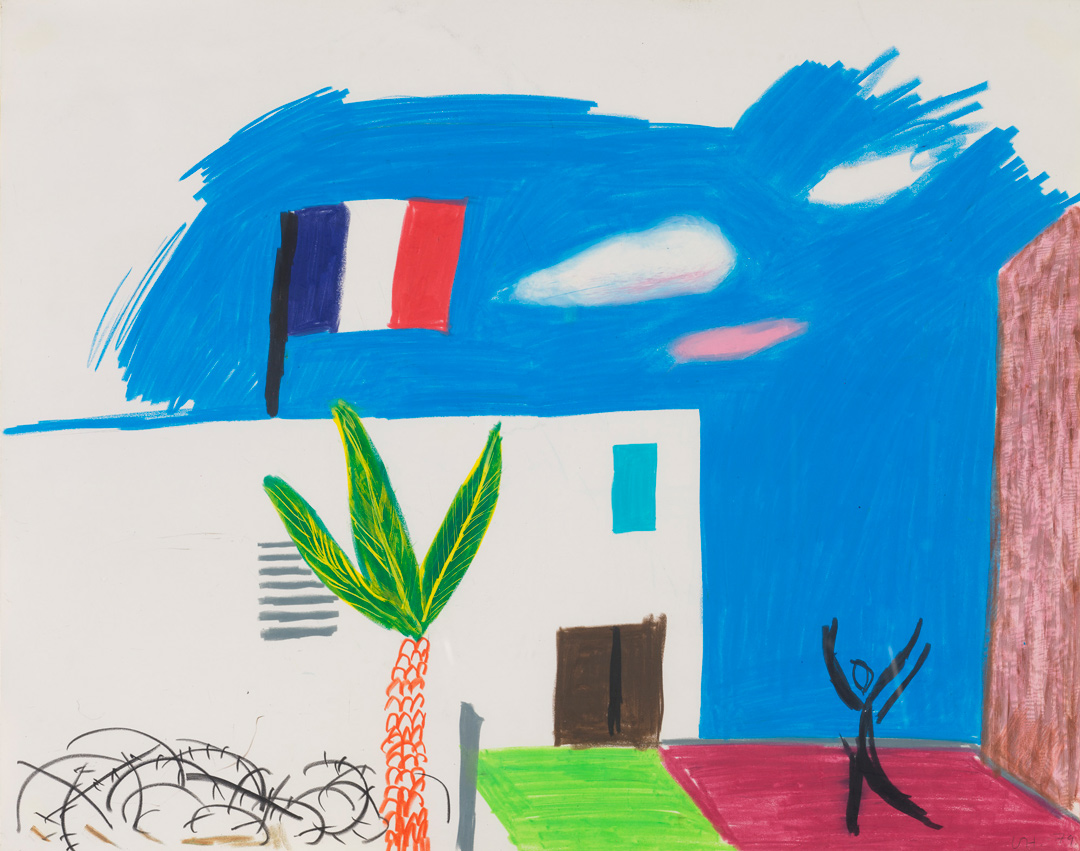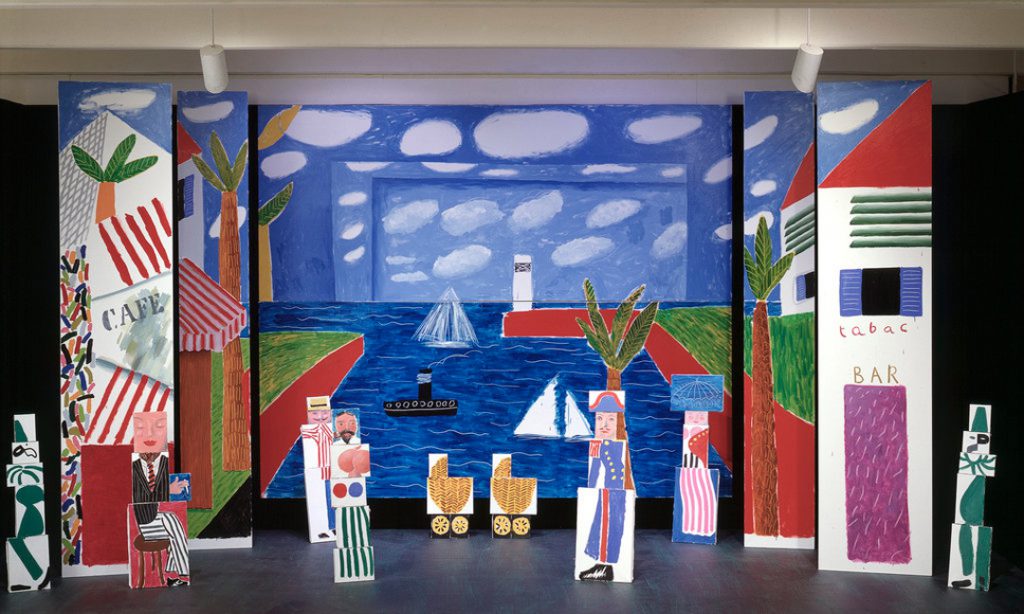Muse/News: Gramming SAM, Dance Language, and Eco Immersion
SAM News
You love to ’gram it: Lindsay Major reports for Seattle PI that SAM is “one of the most Instagrammed museums in America.”
Seattle Met’s Allecia Vermillion joins the chorus welcoming MARKET Seattle, Chef Shubert Ho’s seafood cafe, to SAM.
And stay tuned for Imogen Cunningham: A Retrospective, SAM’s special exhibition opening November 18. Seattle Met previews the show, which features over 200 genre-spanning examples from the pioneering modernist photographer.
“This show is worth seeing not only for the consensus masterworks, but also for the stunning versatility of Cunningham’s lens, from nudes to street shots to portraiture.”
Local News
Crosscut’s Brangien Davis devotes much of her weekly ArtSEA letter to the new show at the Henry Art Gallery, Packaged Black, a duo show for Derrick Adams and Barbara Earl Thomas, whose cut-paper portraits are also on view at SAM.
“Filastine Spent the Pandemic Sailing an Artsy Rustbucket Across the Pacific.” I don’t know what these words mean, either! Gregory Scruggs for the Stranger is here to elucidate.
Moira Macdonald of the Seattle Times: “UW’s Chamber Dance Company celebrates 30 years of preserving and performing modern dance masterpieces.”
“[Mary Ann Santos] Newhall noted that just as languages can be lost from oral tradition, dances can likewise disappear. ‘It has to be passed on from body to body, or we lose our language.’ she said. ‘What Hannah [C. Wiley] is doing is preserving our language of dance.’”
Inter/National News
The New York Times’ Holland Cotter is “Looking Close at the Fragile Beauty of Chinese Painting,” on the occasion of 60 landscapes going on view at the Met.
Sarah Cascone for Artnet on Really Free: The Radical Art of Nellie Mae Rowe, now on view at the High Museum of Art, with national touring dates to be announced.
Louise Bury for Art in America on Sun & Sea (Marina), the Lithuanian opera about climate change that recently had its US debut at the Brooklyn Academy of Music.
“The performance can be understood as artistic consciousness-raising, which has been one of two main historical rationales for eco-oriented art (the other being more direct environmental remediation). Yet it’s a quite particular kind of consciousness-raising, one that offers sensory immersion rather than abstract information.”
And Finally
“The Curious Case of the British Telephone Booth in Madison Park.”
– Rachel Eggers, SAM’s Associate Director of Public Relations
Photo: Installation view of Barbara Earl Thomas: The Geography of Innocence at Seattle Art Museum, 2020, © Seattle Art Museum, Nina Dubinsky.



